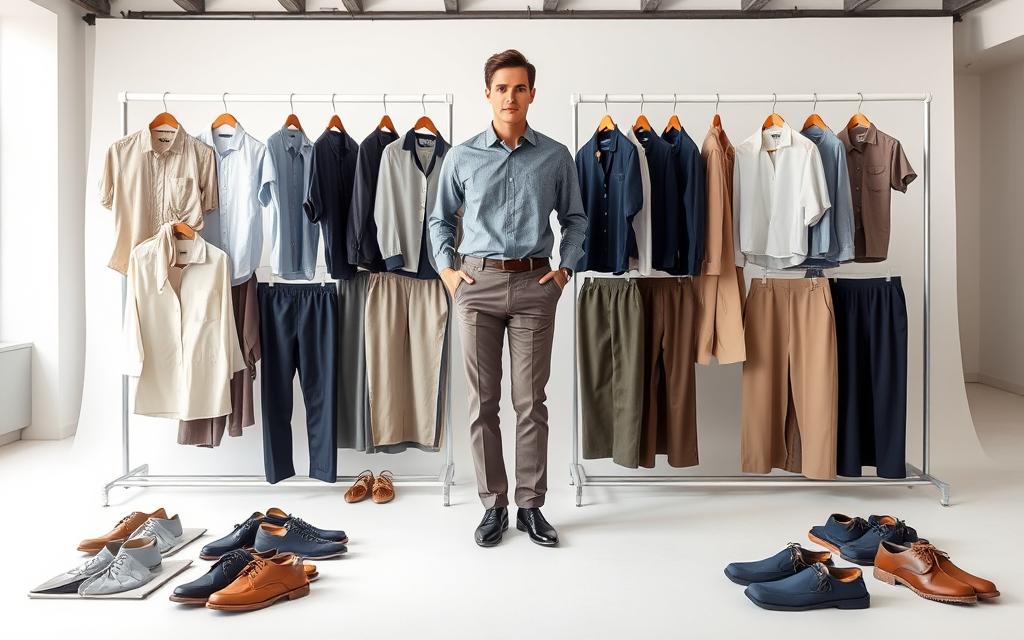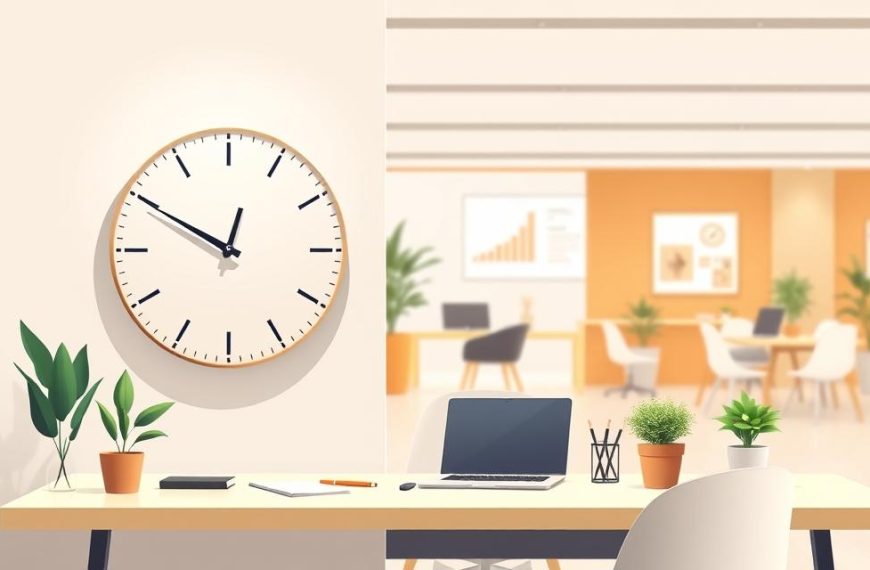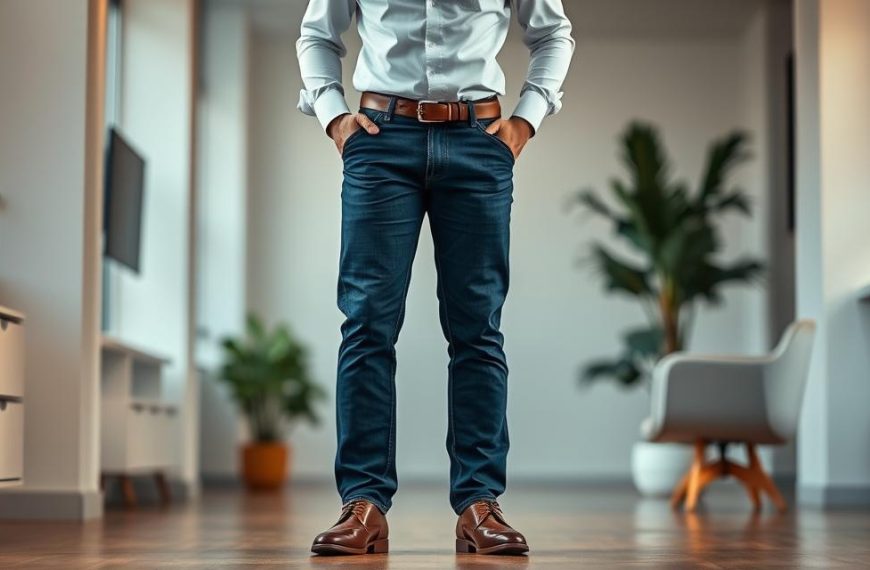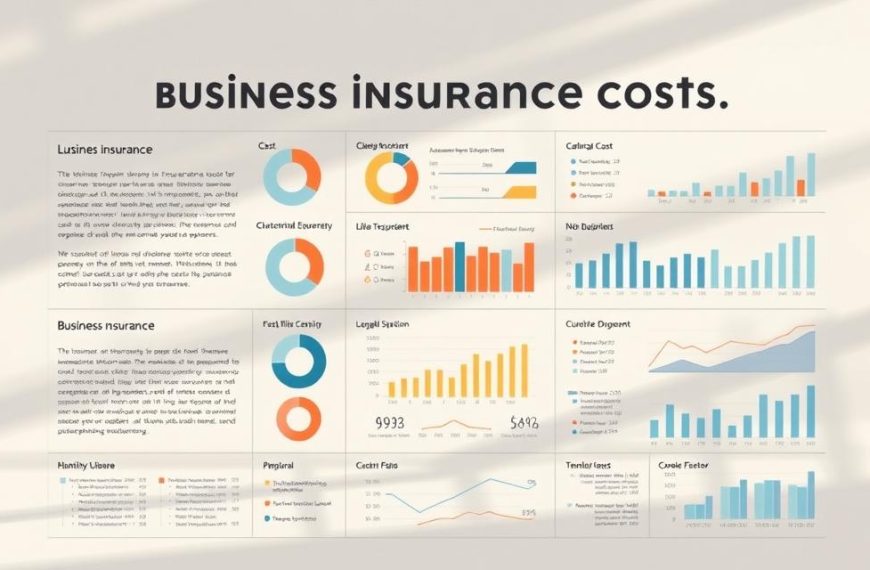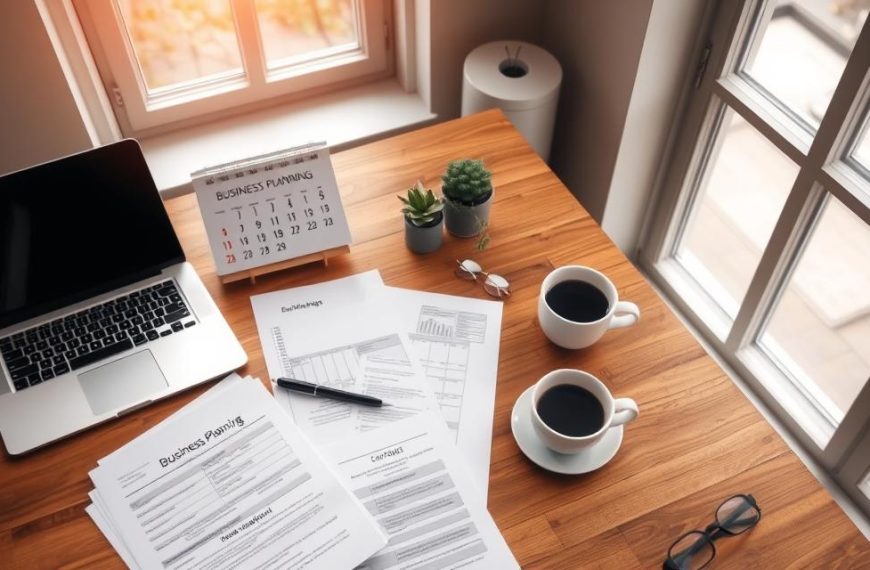Contemporary office environments have embraced a smart-casual aesthetic that prioritises comfort without sacrificing professionalism. This style bridges the gap between formal suits and weekend leisurewear, offering employees flexibility while maintaining workplace decorum. Its popularity stems from shifting cultural priorities, with many organisations valuing practicality alongside traditional standards.
The concept has evolved significantly since its mid-20th century origins, adapting to modern expectations of both professionalism and personal expression. Today’s approach combines tailored elements with relaxed fabrics, creating looks suitable for client meetings or collaborative brainstorming sessions. Industries from tech startups to financial services have adopted variations of this dress code, as detailed in comprehensive workplace style guides.
Key considerations include maintaining neat silhouettes and avoiding overly casual items like trainers or distressed denim. The balance varies across sectors – creative fields might permit dark-wash jeans paired with blazers, while legal offices often prefer pressed chinos with Oxford shirts. This adaptability makes the dress code particularly relevant in our era of hybrid working arrangements.
Understanding these nuances has become crucial for professionals navigating different workplace cultures. The right ensemble communicates competence while allowing individual personality to shine through – a hallmark of contemporary corporate fashion.
What Is Business Casual: Defining the Modern Dress Code
Today’s professional environments demand ensembles that merge polish with practicality. The modern interpretation of office-appropriate clothing centres on structured yet adaptable pieces that transition seamlessly from boardrooms to collaborative spaces. Three core principles govern this approach: intentional fabric choices, clean silhouettes, and strategic accessorising.
Essential Components and Guidelines
Successful combinations typically feature:
- Tailored separates with minimal wrinkles
- Closed-toe footwear with polished finishes
- Neutral colour palettes accented with muted patterns
Women’s officewear particularly benefits from this framework, permitting sleek trousers instead of restrictive suit bottoms. Soft knits and draped blouses often replace stiff button-ups, while loafers or ballet pumps offer comfort without compromising formality.
Prevalent Style Misunderstandings
| Myth | Reality |
|---|---|
| Casual Friday equals weekend wear | Denim requires dark washes and tailored cuts |
| All footwear becomes acceptable | Clean sneakers may work in creative fields |
| Accessories don’t matter | Belts and jewellery complete the professional look |
This dress standard maintains workplace respectability through deliberate styling choices. As hybrid work models evolve, understanding these parameters helps professionals project competence while embracing contemporary comfort.
Adapting Business Casual to Different Industries
Workplace attire expectations shift dramatically across professional sectors. A fintech developer’s stylish hoodie-blazer combo would raise eyebrows in a law firm’s boardroom, while corporate loafers might seem overly formal at a design studio. This diversity demands careful navigation of each field’s unspoken rules.
Tech, Creative and Marketing Environments
Innovation-driven fields prioritise flexibility. Silicon Valley’s “dress code spectrum” ranges from dark-wash jeans with structured jackets to graphic tees paired with tailored trousers. Marketing teams often incorporate:
- Patterned shirts or bold scarves
- Contemporary sneakers in neutral tones
- Unconventional jewellery as conversation starters
Architecture studios might accept untucked Oxfords with raw-hem chinos, provided the overall look remains intentional. The key lies in balancing creativity with cohesion.
Corporate, Finance and Educational Settings
Traditional sectors maintain stricter parameters. Bankers typically opt for:
| Industry | Attire Guidelines |
|---|---|
| Finance | Pressed trousers, French-cuff shirts, leather shoes |
| Education | Stretch blazers, stain-resistant fabrics, orthopaedic shoes |
| Legal | Mid-calf skirts, non-patterned ties, closed-toe pumps |
Teachers often choose wrinkle-resistant materials for durability, while corporate trainees might invest in multiple neutral-toned blazers. As one HR manager notes: “Our compliance team shouldn’t look ready for brunch.”
Adapting successfully requires observing senior colleagues and noting which personal touches gain approval rather than scrutiny. When in doubt, slightly overdress – it’s easier to remove a tie than explain inappropriate jeans.
Wardrobe Essentials for Business Casual Attire
Building a professional wardrobe requires strategic selections that maximise versatility. The secret lies in curating pieces that transition effortlessly between formal meetings and collaborative sessions. Start with neutral foundations – these act as blank canvases for personalised styling.
Mix and Match Staple Pieces
Three core elements form the backbone of office-ready outfits:
- Structured jackets that add instant polish
- Breathable tops in solid colours
- Footwear bridging comfort and formality
A well-cut blazer transforms jeans into conference-appropriate wear. Pair it with silk camisoles or crisp cotton shirts for varied formality levels. As stylist Eleanor Grant advises: “Invest in one exceptional jacket – it becomes ten different outfits.”
Tailoured Trousers and Customised Looks
Modern workwear favours trousers combining professional lines with stretch fabrics. Consider these options:
| Style | Best For |
|---|---|
| High-waisted | Creating elongated silhouettes |
| Straight-leg | Balancing proportions |
| Cropped | Showcasing statement shoes |
Dark-wash jeans gain office approval when paired with structured layers. Finish with minimalist accessories – thin belts or delicate necklaces maintain professionalism without stiffness. Rotate core pieces weekly to create fresh combinations from limited items.
Styling Business Casual Outfits
Mastering office-appropriate ensembles requires strategic pairing of foundational pieces. The modern professional wardrobe thrives on transitional items that adapt to meetings, presentations, and casual Fridays without requiring complete outfit changes.
Blazers, Shirts and Trousers Combinations
Three fail-safe formulas elevate everyday workwear:
- Cropped blazers with high-waisted trousers for balanced proportions
- Oversized shirts tucked into tapered chinos for structured relaxation
- Textured knitwear layered under unbuttoned jackets for depth
Dark denim gains office credibility when combined with structured blazers and leather loafers. For warmer months, pair linen jackets with midi skirts or lightweight culottes. As stylist Margot Fuller advises: “A jacket’s shoulder seams should align with your natural frame – anything wider looks sloppy.”
Layering Techniques for a Polished Appearance
Seasonal transitions demand clever fabric combinations:
| Base Layer | Mid Layer | Finish |
|---|---|---|
| Silk camisole | Unstructured blazer | Wide-leg trousers |
| Roll-neck knit | Trench coat | Straight-leg jeans |
| Button-down | Vest top | Pencil skirt |
Contrast textures add visual interest – try pairing satin blouses with tweed jackets. Sleeve rolling techniques matter: fold shirt cuffs precisely at the forearm midpoint for intentional casualness. Footwear completes the look; ankle boots ground floaty dresses, while monk straps add refinement to cropped trousers.
Incorporating Jeans into Business Casual Ensembles
Denim’s journey from weekend wear to office-appropriate casual attire hinges on precise styling choices. Dark rinses and tailored cuts transform relaxed jeans into polished options suitable for modern workplaces. The key lies in balancing comfort with intentional professionalism.
Best Practices for Denim in Professional Settings
Opt for dark indigo or navy washes – these hues mimic traditional trouser formality better than faded alternatives. Ensure jeans sit at the natural waist without sagging or excessive tightness. Pair them with structured blazers or crisp shirts to elevate the ensemble.
Footwear dramatically impacts denim’s suitability. Leather loafers or ankle boots reinforce professionalism, while scuffed trainers undermine it. Avoid rips, embroidery, or whiskering that suggest weekend leisurewear.
In creative sectors, slightly lighter washes may pass if combined with formal elements like tailored jackets. However, steer clear of grey or black denim – these often appear mismatched against office colour palettes. When uncertain, observe senior colleagues’ interpretations of jeans business casual guidelines.
Remember: well-maintained denim projects confidence, while worn-out pairs signal indifference. Rotate two quality dark-wash options to maintain freshness without overusing individual items.

